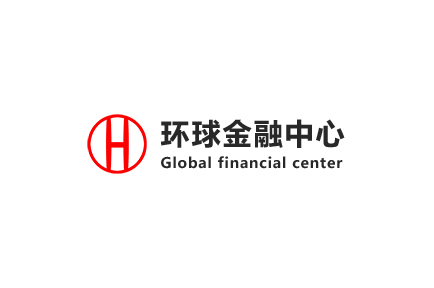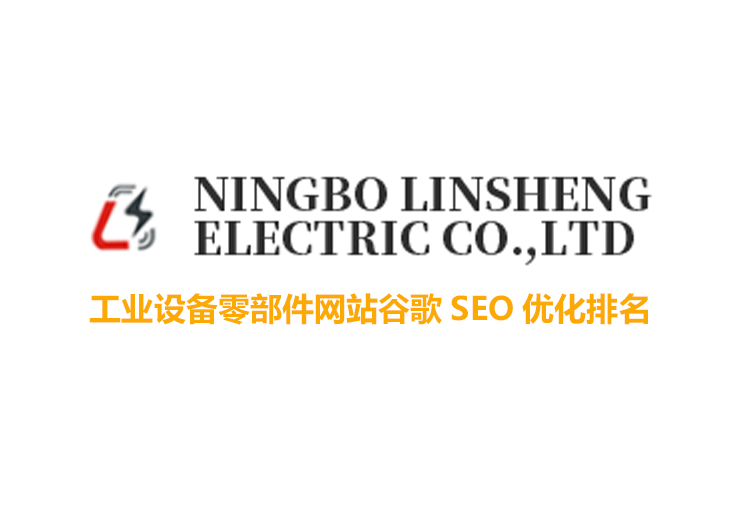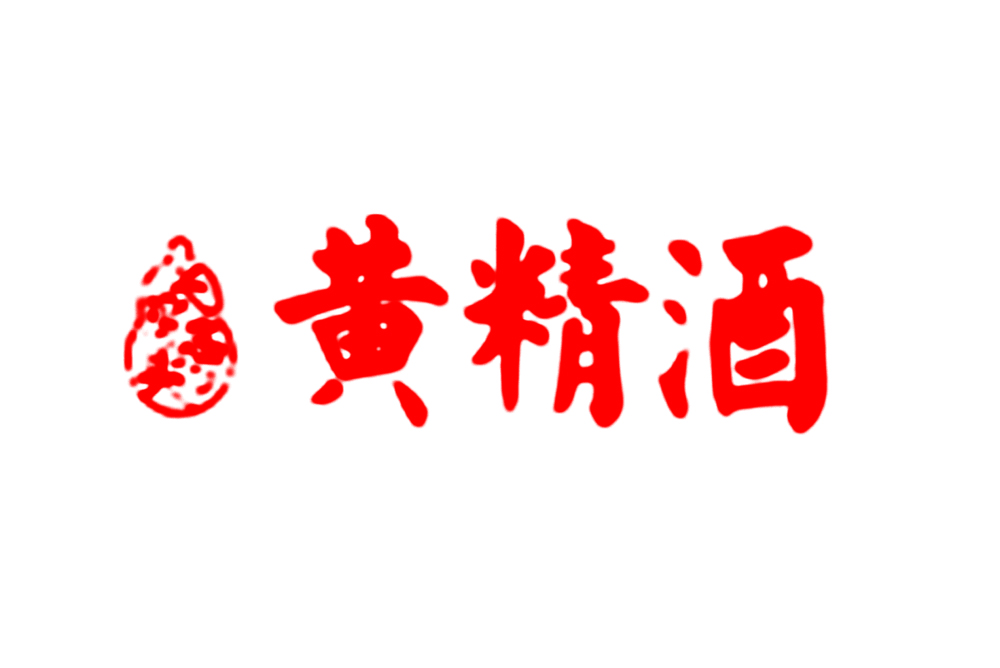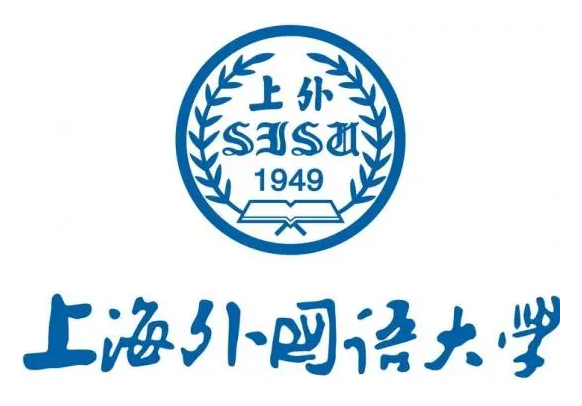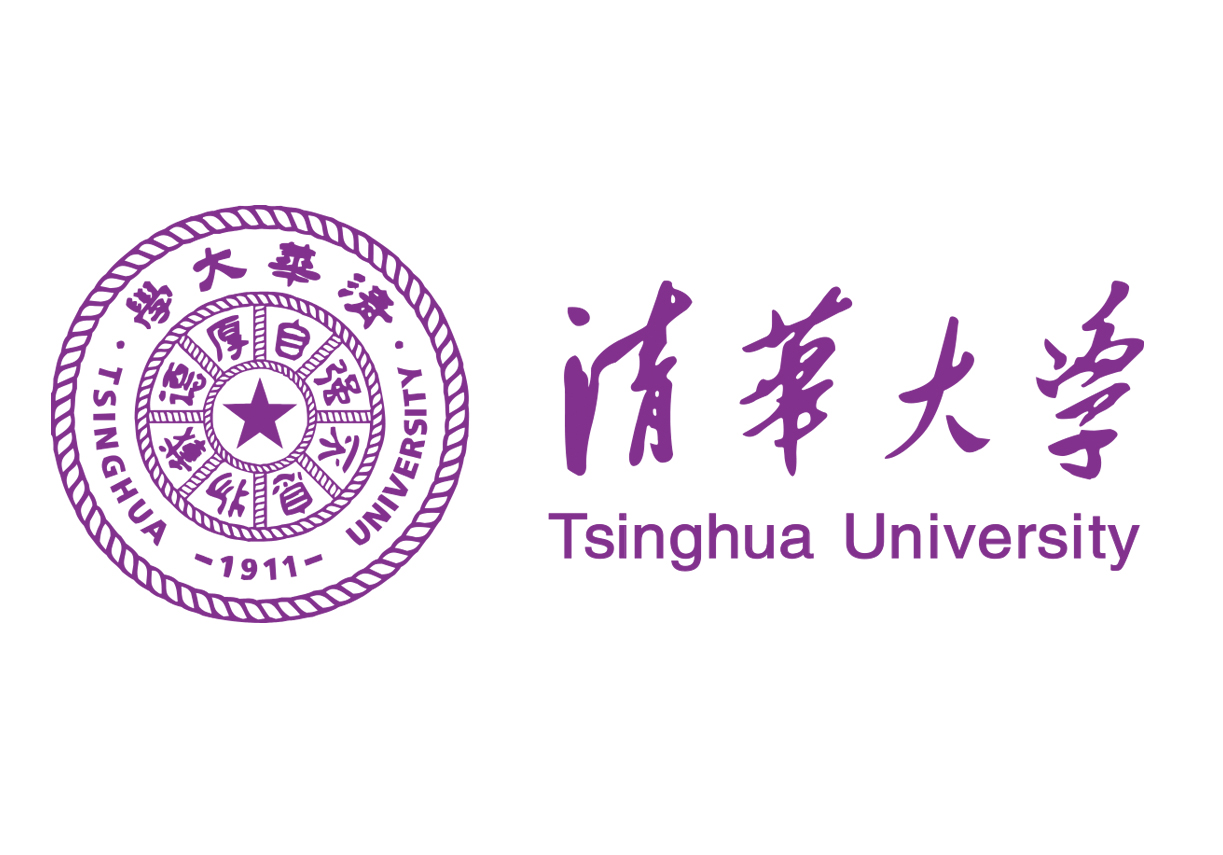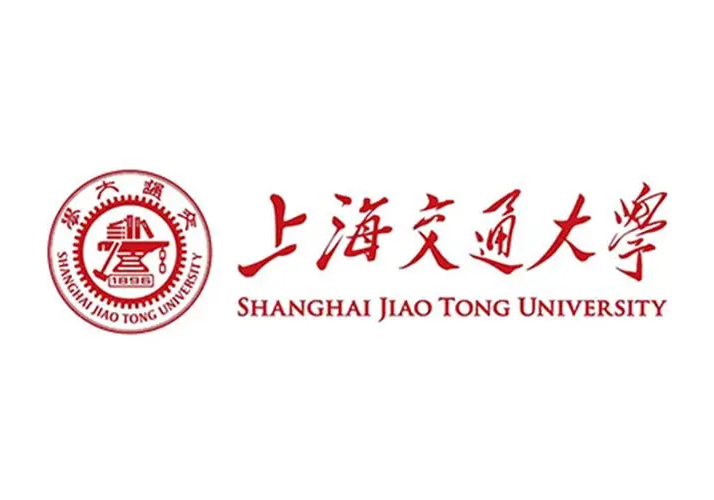SEO knowledge
Content paging optimization skills: SEO consulting teaches you to avoid the "traffic cutting" trap
In today's digital age, the quality and presentation of website content is crucial to attracting traffic and retaining users. Among them, content paging optimization is an easily overlooked link that has a significant impact on user experience and search engine rankings. Professional SEO consulting can point us in the direction and help us avoid the common trap of "traffic cutting".
First, understand the importance of content paging optimization
Content pagination, on the surface, is just to divide and display long-form content, but in fact it involves many aspects such as user reading experience, page loading speed, and search engine crawling and indexing of pages. Reasonable pagination can make it easier for users to browse content without feeling tired or lost because of too long pages. For example, if a long article is all piled up on one page, users may need to constantly scroll the screen to find the parts they are interested in, which will not only reduce users' patience, but also cause them to leave the website early. By pagination, the content is divided into multiple logical and clear parts, and users can click to view it on demand, improving the comfort and efficiency of reading.
.jpg)
From an SEO perspective, good content pagination helps search engines better understand the structure and theme of the page content. Each pagination can be regarded as an independent page, and by setting elements such as title, keywords, and description reasonably, it can increase the exposure chance of the page in the search engine results page. In addition, pagination can also disperse the weight of the page, avoiding the weight of a single page being too large and causing the weight to be concentrated in certain parts, thereby improving the ranking of the entire website in the search results.
Second, recognize the "flow cutting" trap and its harm
The "traffic cutting" trap refers to the process of content paging, due to unreasonable settings or operations, the traffic that originally belonged to the same content is scattered to multiple pages, making it difficult for each page to obtain enough traffic to support its ranking and conversion. This situation is usually caused by too many or too few pages, improper setting of pagination links, etc.
When there are too many pages, the content of each page is relatively small, and users may need to click on the pagination link frequently to get the complete information, which will increase the user's operation cost and bounce rate. Moreover, too many pages will lead search engines to perceive the content of the website as poor quality and lack of substantive value, thus reducing the weight and ranking of the website. For example, in order to increase the number of pages, some information websites divide an article that could have been divided into two or three pages into more than a dozen pages, each page has only a few words. This kind of pagination method not only makes users feel bored, but also makes search engines negatively evaluate the website.
On the contrary, if there are too few pages, a large amount of content will be piled up on one page. Although it may seem rich in content, it will actually increase the loading time of the page and affect the user's browsing experience. Especially on mobile devices, too long pages will load more slowly, which will easily lead to user churn. In addition, for search engines, too long pages may be considered confusing and difficult to accurately crawl and index key information, thus affecting the SEO effect of the website.
III. Content paging optimization skills under the guidance of SEO consulting
1. Rational planning of the number of pages
When performing content pagination, it is necessary to reasonably determine the number of pages according to the length, complexity of the content and the needs of users. Generally speaking, for longer articles or content-rich pages, it is appropriate to divide them into 3-5 pages. This can not only ensure that each page has enough content to attract users, but also does not make users feel too cumbersome. For example, an in-depth report article can be divided into several parts according to different topics, and each part acts as a page, so that users can read selectively according to the topics they are interested in, improving user engagement and retention rate.
2. Optimize pagination links and navigation
Pagination links and navigation are important ways for users to switch between different pages, so it needs to be optimized. First, pagination links should be clear and clear, using meaningful text as link labels, such as "previous page" "next page" "first page" "last page" and so on, so that users can see at a glance. Secondly, breadcrumb navigation can be added at the top or bottom of each page, showing the position of the current page and the relationship with other pages, so that users can quickly return or jump to other pages. In addition, in order to improve the user experience, you can also consider adding pagination thumbnail or introduction, so that users can roughly understand the content of the page before clicking on the pagination link.
3. Ensure the consistency and independence of the paging content
The content of each page should be both coherent and independent. Coherence means that there should be a clear logical relationship between each page, which can together form a complete content system. For example, in a tutorial article, the front page can introduce the basic knowledge and concepts, and the back page can gradually explain the specific operation steps and application cases. And independence requires that each page can convey a certain amount of information independently, even if the user only reads one of the pages, they can also get valuable content. This not only improves user satisfaction, but also helps search engines to crawl and index each page separately.
4. Optimize metadata for paging
As with the front page and other important pages of a website, the metadata of each pagination needs to be optimized. This includes setting up elements such as accurate titles, keywords, and descriptions. The title should be concise and clear, accurately reflect the core content of the pagination, and include relevant keywords to improve the click through rate in search engine results pages. The choice of keywords should be combined with the theme of the page and the needs of users to avoid excessive accumulation and abuse. The description should briefly summarize the content of the page, attracting users to click, and also meeting the requirements of search engines. By optimizing the metadata of pagination, the visibility of each pagination in search engines can be improved, and the opportunity for traffic import can be increased.
5. Pay attention to the loading speed of pagination
The loading speed of the page is one of the important factors affecting the user experience and search engine ranking. In the process of content paging optimization, special attention should be paid to the loading speed of the page. The loading speed of the page can be improved by optimizing the picture size, compressing the code, reducing the script call, etc. In addition, you can also consider using caching technology to cache the frequently visited paging content into the user's browser to reduce the response time of the server. For mobile end users, it is even more important to ensure that the page can load quickly in the mobile network environment and provide a smooth browsing experience.
Content paging optimization is an indispensable part of website SEO optimization. Through professional SEO consultation, we can deeply understand the skills and methods of content paging optimization and avoid falling into the trap of "traffic cutting". Measures such as rationally planning the number of pages, optimizing paging links and navigation, ensuring the coherence and independence of paging content, optimizing the metadata of paging, and paying attention to the loading speed of paging can effectively improve the user experience and search engine ranking of the website, and bring more traffic and conversion opportunities to the website. In the actual website operation process, we should constantly pay attention to and optimize content paging to adapt to changing user requests and search engine algorithms, so as to achieve sustainable development of the website.
Previous:Website Security and SEO Consulting: Analysis of the Impact
Next:E-commerce website SEO consultation: How to use "picture ALT
98%的人继续阅读我们的案例
任何行业使用的SEO策略与技术都是相通的,行动就会有结果
每一位客人的需求不同、所展现的成果也不同,案例供参考

President Business School, access to deepseek, ERNIE Bot, Doubao AI, Alibaba Clo
Capgemini Ernest & Young brand optimization gets brand logo hintsThe company has
Our product transfer company completely obtains customers through SEO. A website
Global Financial Center (affiliated to Pinchuan Company, has applied for a trade
Google SEO Case - It took less than 1 day to rank for customer-specified keyword
On November 17, 2021, our company reached a cooperation with Guishitang (Changsh
On April 23, 2019, Mr. Zhang Zehua, an SEO expert of Pinchuan Company, was invit
On February 14, 2015, the Social Practice and Science and Technology Innovation
Famous University Professor Entrepreneurship Project - Independent Station and S
Business School Admissions Case
Catering industry network investment case - 3 months total investment about 500,
In April 2015, Mr. Zhang was invited to teach SEO in the president class of coll




